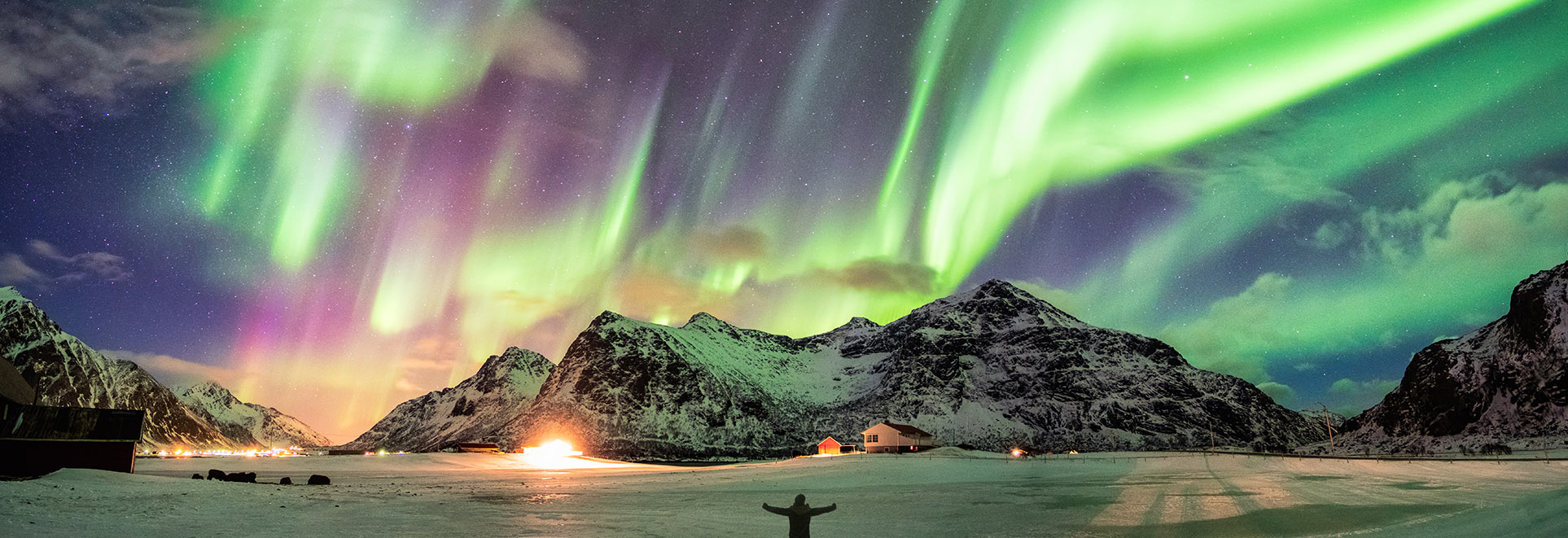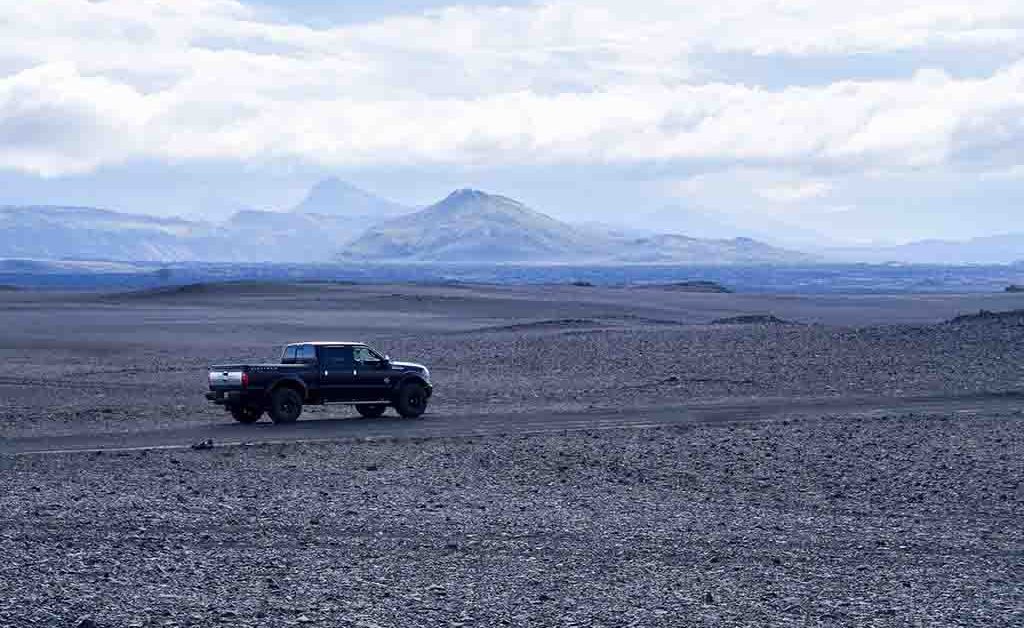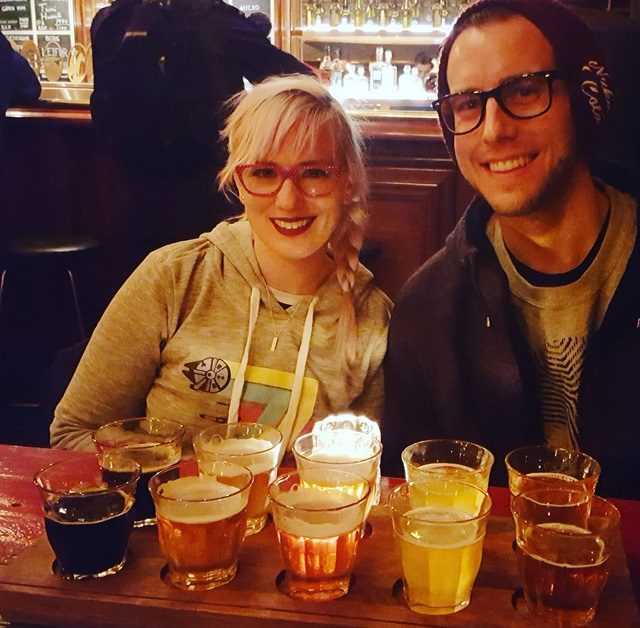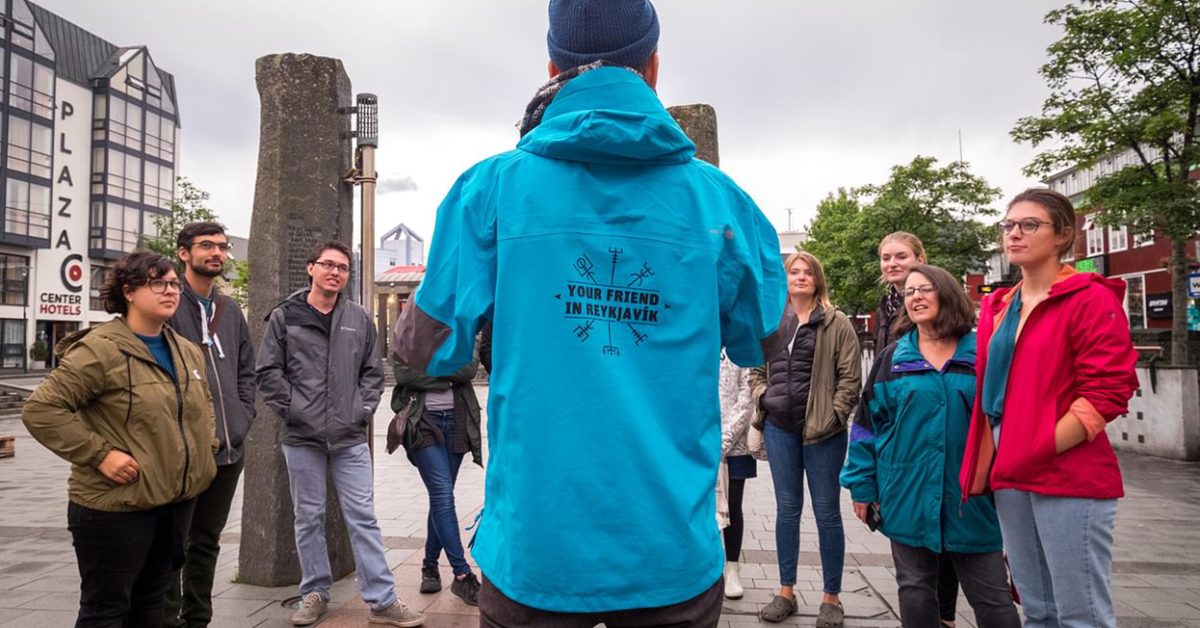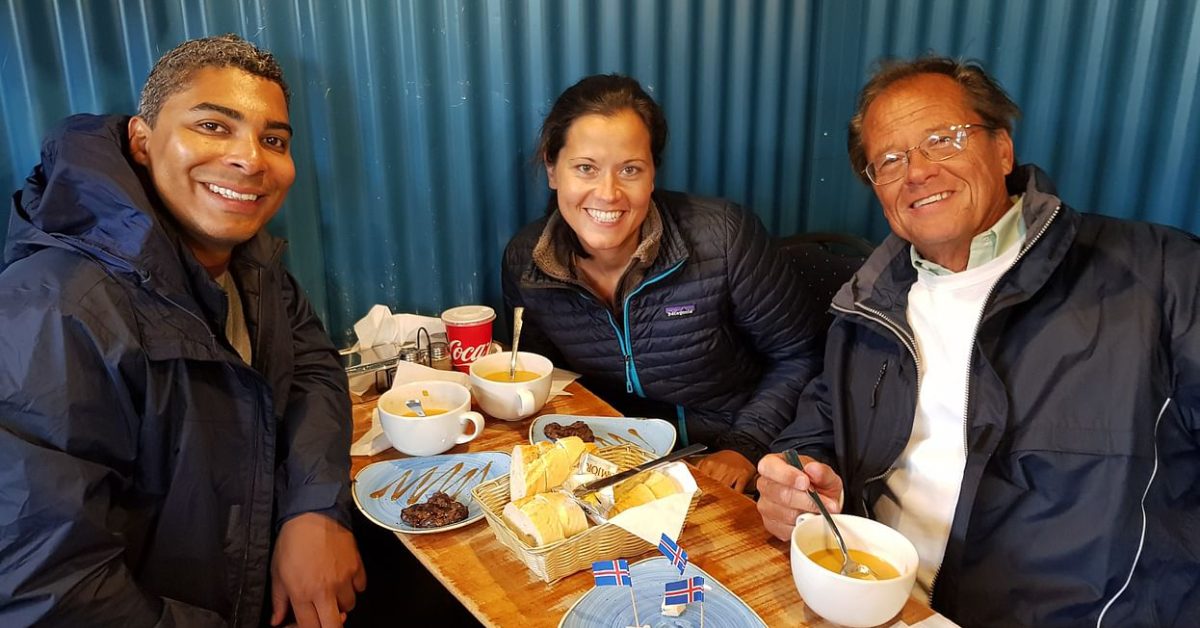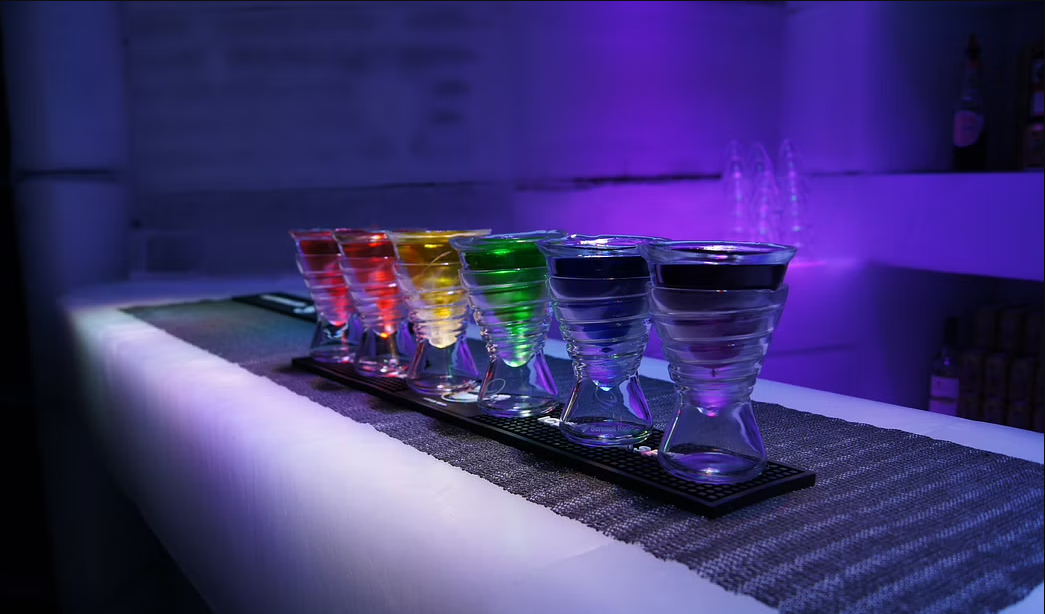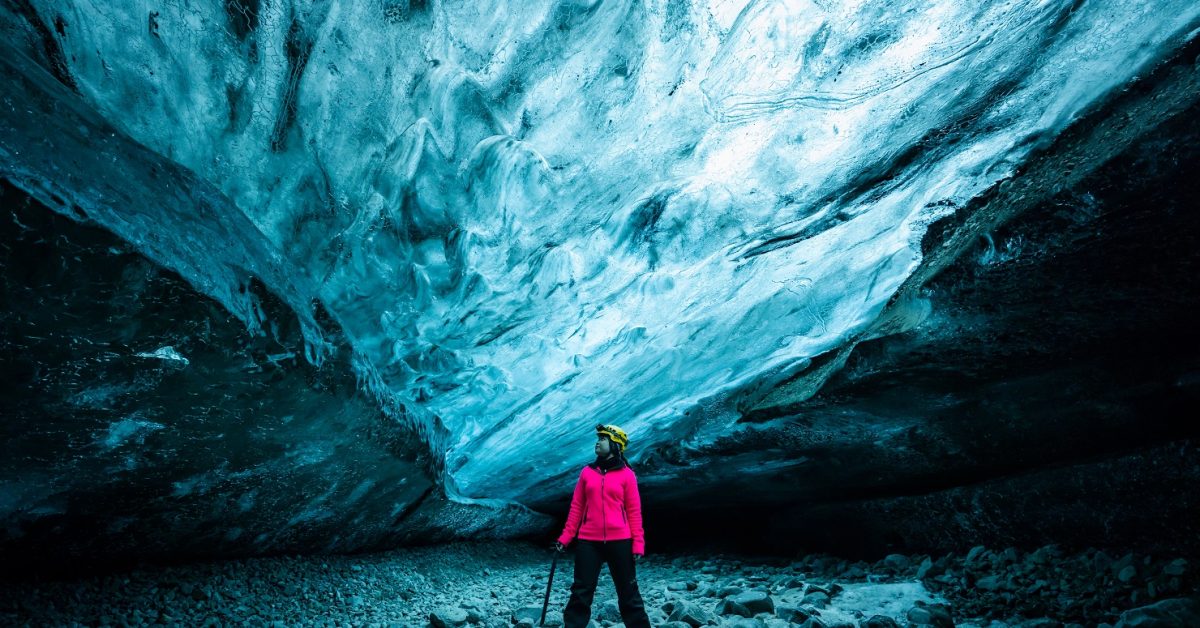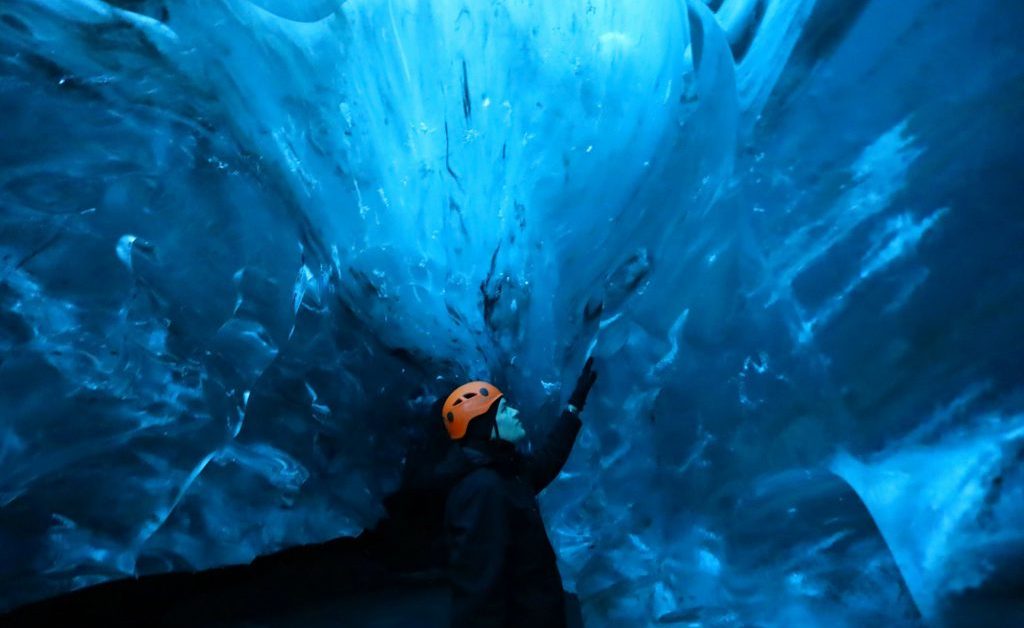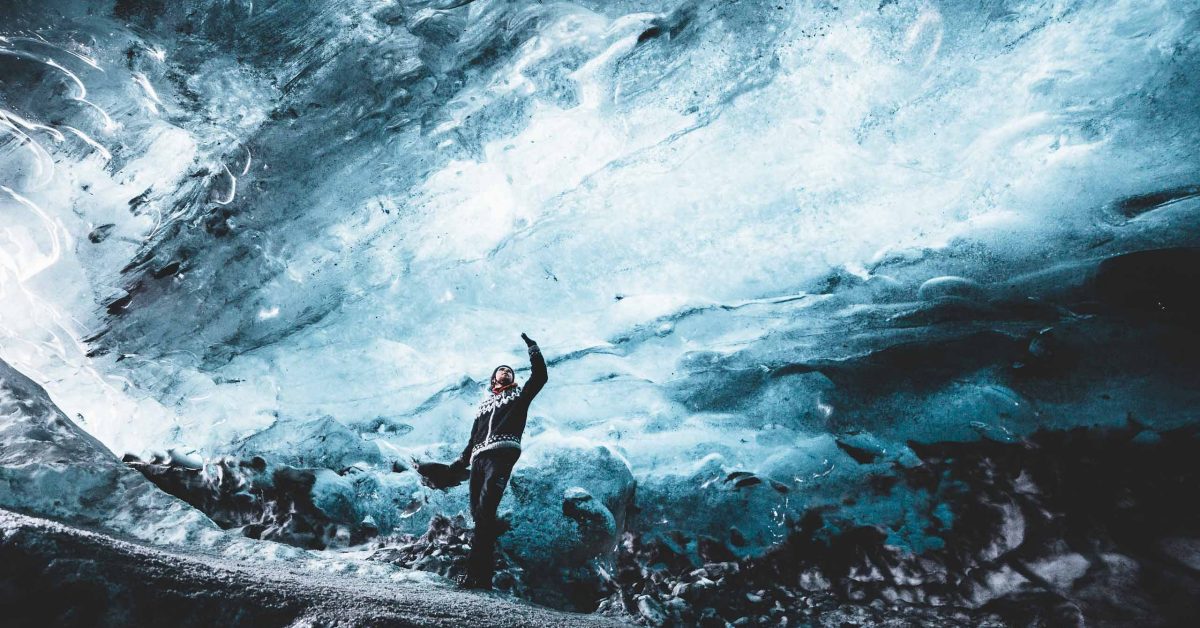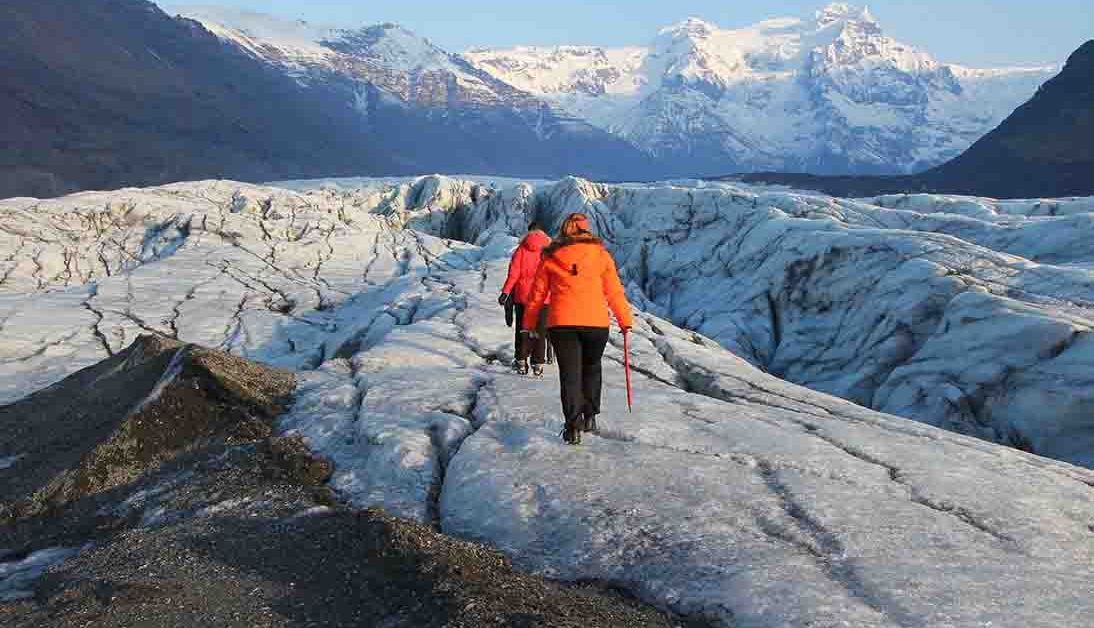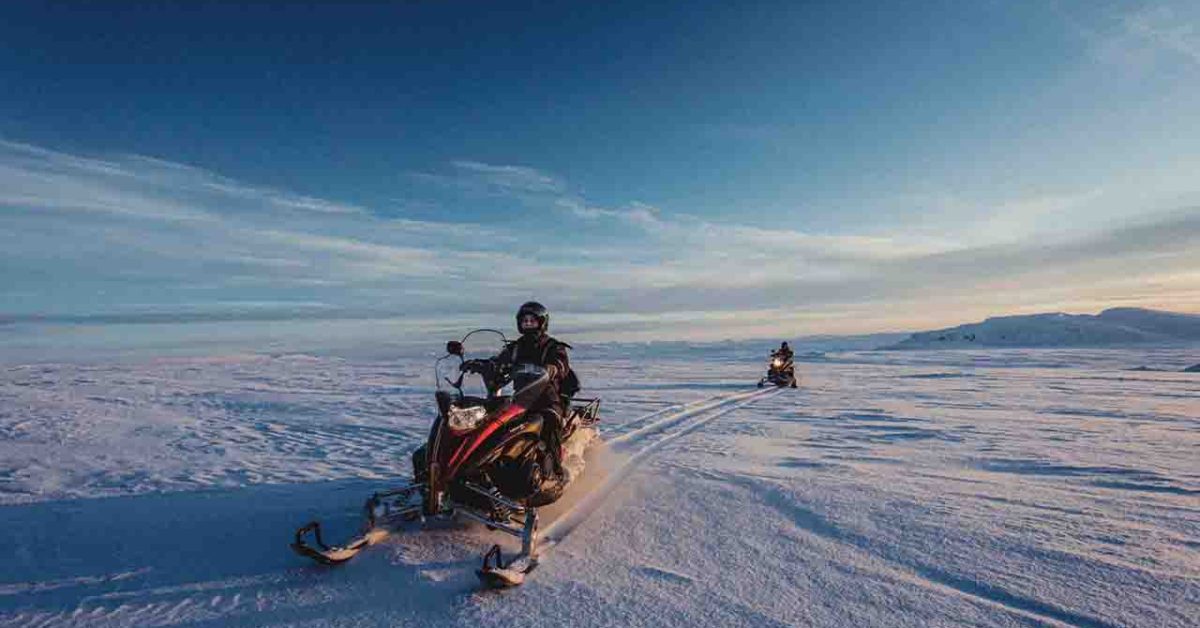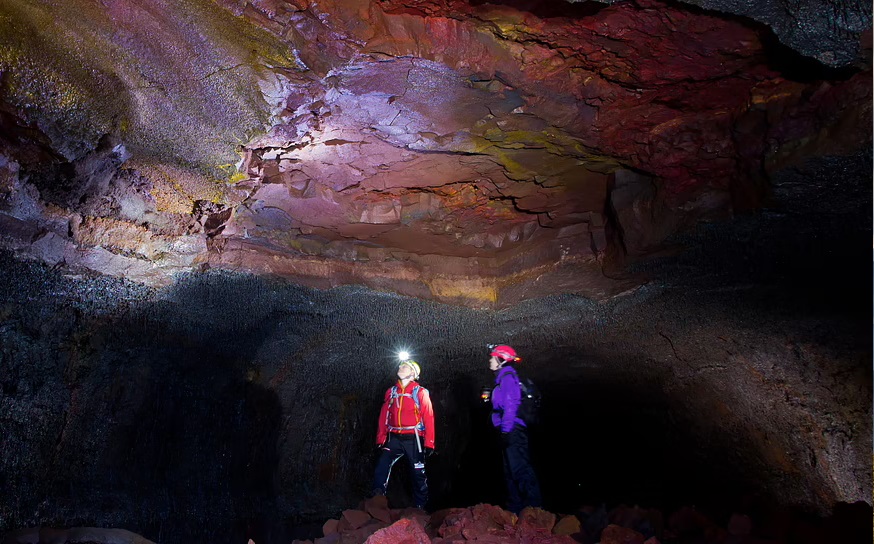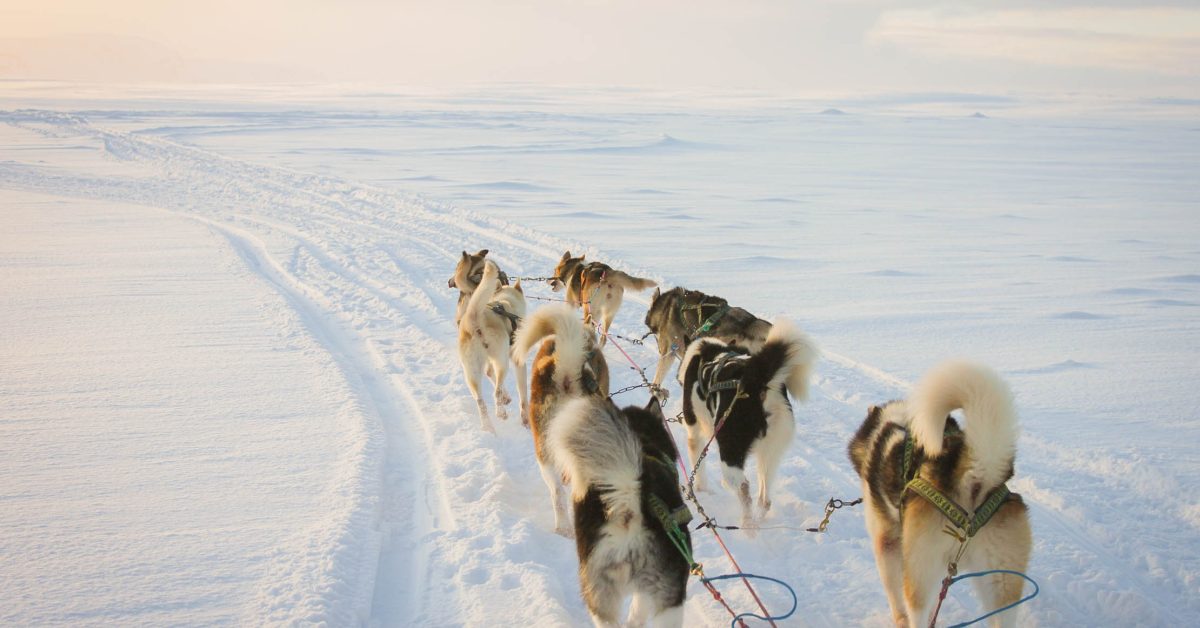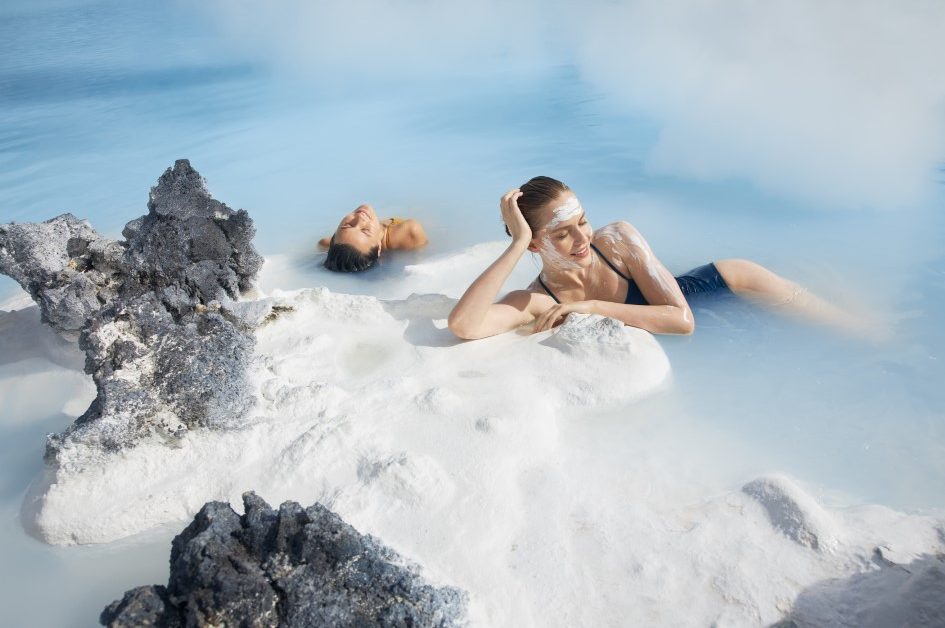Iceland in January, it worth the visit?
The period between mid-December and mid-January is one of the most strange when it comes to weather in Iceland. Not only is the darkest period of the winter, but the weather can be dangerous and freezing.
But don’t be scared; the weather is not moody, and you will still have the chance to explore Iceland in the cold season.
Furthermore, if you are in Iceland in January, you can participate in traditional Icelandic festivals, eat traditional Viking food, and do unique and thrilling activities.
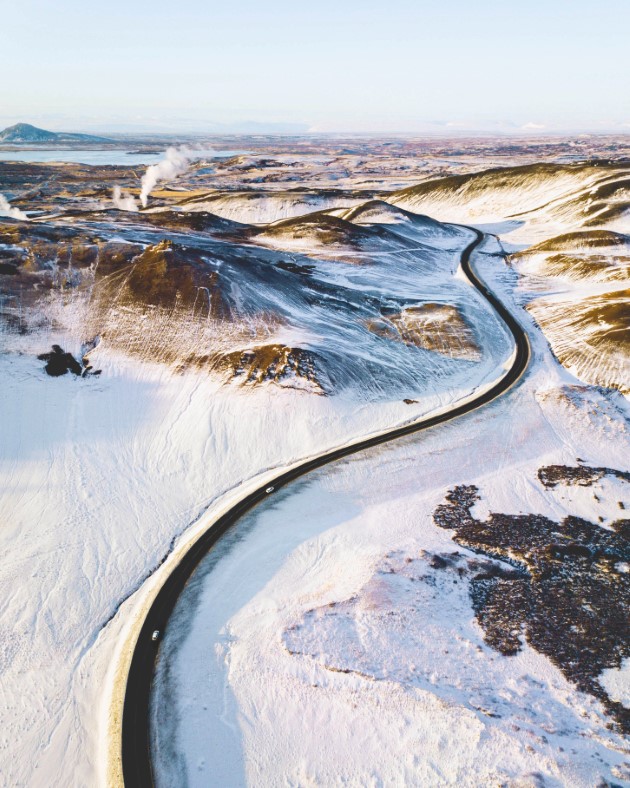
Weather in January
Iceland’s weather transforms into a mesmerizing display of winter’s might and beauty in January. Expect an authentic Arctic experience marked by crisp, icy temperatures averaging between -2 °C and 2°C (28°F and 36°F) across the island.
Days are short, offering only a few hours of daylight, painting the landscape in a surreal twilight glow. Snow blankets the countryside, creating a stunning backdrop for the country’s dramatic landscapes, including the ethereal Northern Lights that dance across the darkened skies.
While the weather can be unpredictable, occasional storms and gusty winds add to this Nordic wonderland’s raw, untamed allure, making it an ideal time for those seeking adventure amidst the wintry charm of Iceland.
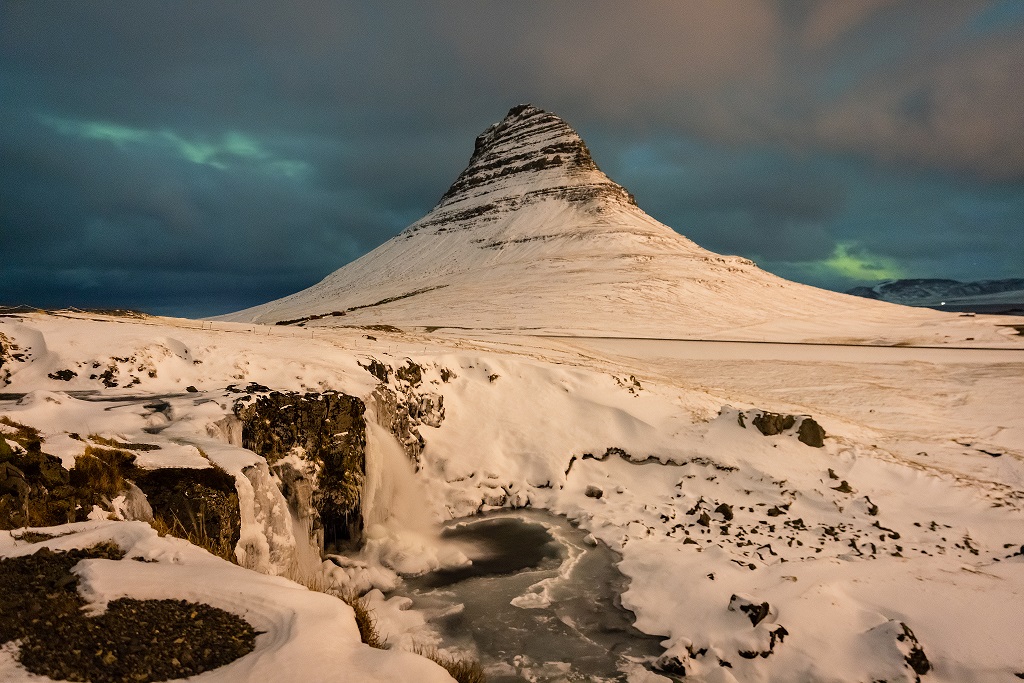
How to dress for Iceland in January?
When preparing for Iceland in January, dressing for the cold is vital. Layering is your best friend here—start with thermal base layers to retain body heat, add insulating mid-layers like fleece or wool, and top it off with a waterproof and windproof outer shell.
A sturdy, insulated winter coat must be accompanied by waterproof pants and sturdy, insulated boots to navigate through the snow and ice comfortably.
Don’t forget to cover your extremities: pack warm gloves, a wool hat that covers your ears, and a scarf to shield your face from the biting cold. It’s all about staying warm, dry, and protected against the elements while enjoying the stunning Icelandic landscapes comfortably.

Celebrating Þrettándinn with locals
On the 6th of January, Icelanders celebrate Christmas’s last day. This day is celebrated with bonfires, fireworks and dances around the fire. In Icelandic folklore, it is called Þrettándinn (the Thirteen), and it is a pagan celebration from the old Viking tradition.
People believe that on this night, strange things are happening: cows can talk, the elves are celebrating, and the trolls appear around.
Also, on this night, the thirteen Yule Lad, Kertasníkir, leaves the town to return to the mountains and only returns the following Christmas.
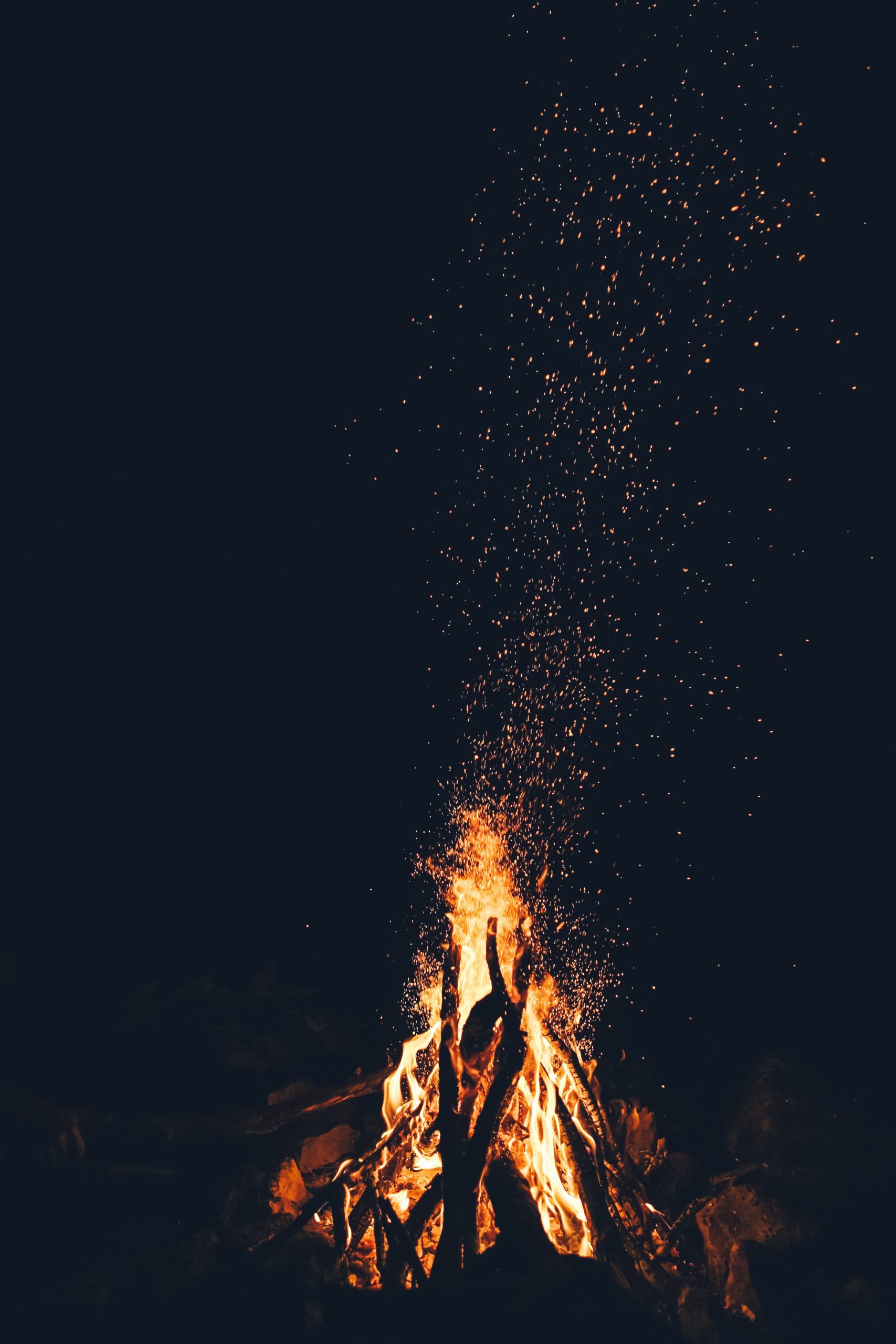
Enjoying the polar days
If in December the daylight is about 4 hours per day (with only 2 hours and 14 minutes on the shortest day of the year-winter solstice), in January, the sunlight is about 5 hours at the beginning of the month. It is growing at 6 hours per day at the end of January.
This means you will have more time to explore Iceland.
Also, you will enjoy those polar days if you are a photographer because of the long golden hours.
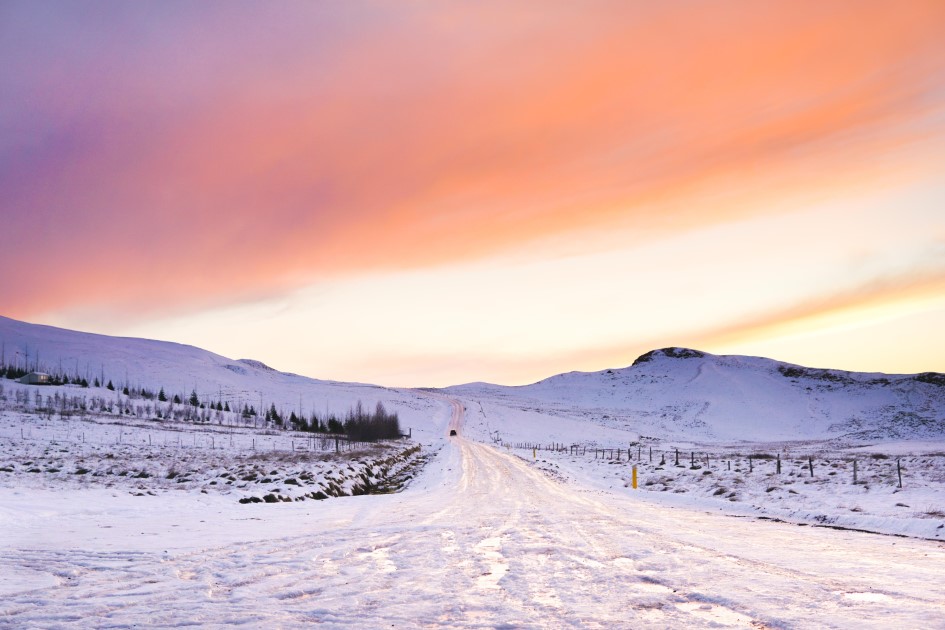
Exploring an Ice Cave
Even if there are not many hours of daylight, you can still do some memorable activities available during the winter season. Exploring a Blue Ice Cave is one of those activities, and I can guarantee that you will never forget it.
Plan and book your tour at the Blue Ice Cave in advance, as it is more comfortable to explore it during daylight.
You can pair the Blue Ice Cave tour with a glacier hiking tour. You can choose a tour either on Vatnajökull, which is the largest glacier in Europe, or you can hike on Mýrdalsjökull, located north of Vík í Mýrdal town.
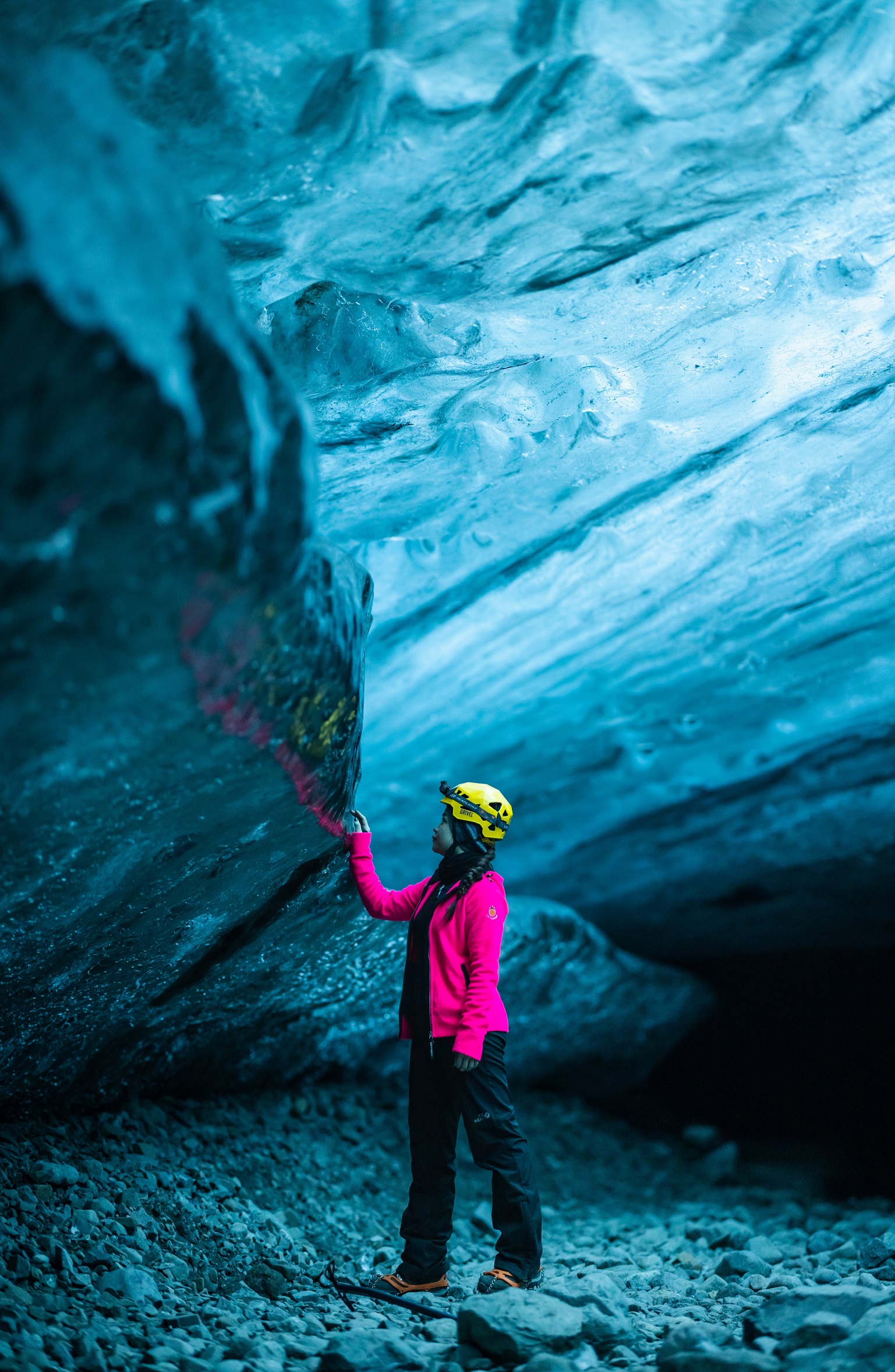
Celebrating Þorrablót, the mid-winter festival with the locals
Þorrablót is the mid-winter festival that begins mid-January (22nd) and ends mid-February (20th).
The name of the mid-winter celebration comes from the Þorri, which many say is derived from the name of the Norwegian King Thorri Snærsson or the old Nordic religious God Thor, the God of Thunder.
In Icelandic tradition, Þorri was portrayed as a powerful man with a ruthless character, the epitome of the Icelandic winter.
During this celebration, people are eating þorramatur. þorramatur include the famous rotten shark’s meat (hákarl), boiled sheep’s head (svið), cured rolls of lamb flank, congealed sheep’s blood wrapped in a ram’s stomach (blóðmör).
More about Þorrablót festival you can read on our blog Þorrablót, the mid-winter festival in Iceland.
Hunting the Northern Lights (Aurora Borealis)
Being the darkest month in the season, there is a higher chance of seeing the Northern lights, as this is an essential condition when you want to “hunt” them.
So, if you are travelling to Iceland in January, take many layers of warm clothes with you because you will most probably be outside in the cold chasing the Northern lights during your stay. It is not a thing to miss.

Experiencing a dog-sledging tour
A dog-sledging tour will be the cutest part of your trip. Our furry friends here in Iceland are ready to give you a memorable experience.
Many other activities are COOLer during the winter: snowmobile tours, enjoying a geothermal bath, and enjoying museum exhibitions.
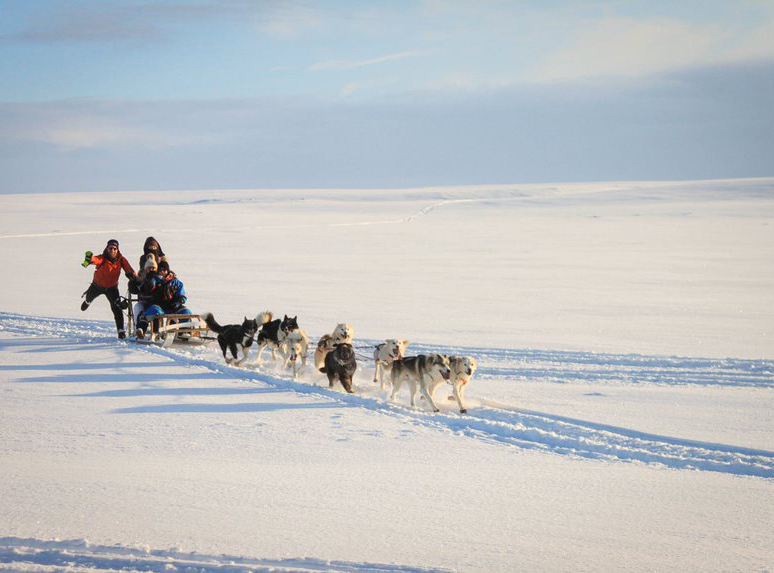
If you have planned your trip to Iceland in January, do not be disappointed about the weather and try to have a flexible visit plan. Try to include some indoor activities as a backup plan and enjoy your Icelandic adventure no matter what.
Plan your trip with our local travel designer for many valuable tips and recommendations for travelling during winter.







